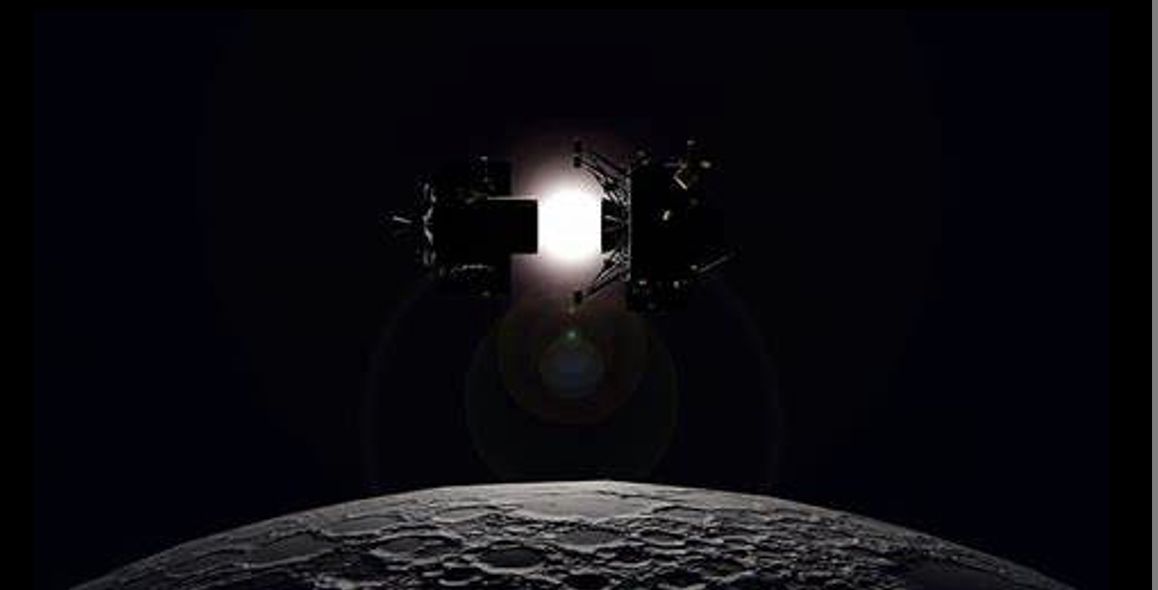On July 14th, 2023, the Indian Space Research Organization, also known as ISRO, launched the third exploration mission of its Chandrayaan programme from the Satish Dhawan Space Centre in Sriharikota Range, India. The spacecraft consisted of a lander and a rover. After forty days in space, Chandrayaan-3 made its historic landing near the south pole of the Moon. Previously, only three countries had been able to land spacecrafts on the moon; Russia, the United States of America, and China. However, India is now the fourth country in all of history to join this list. Not only that, but Chandrayaan-3’s landing site is closer to the Moon’s south pole than any spacecraft has ventured before.
ISRO’s goals for Chandrayaan-3 involve the search for valuable scientific data that we have yet to find on the lunar surface. While the original 1969 NASA Apollo mission suggested that the moon was completely dry – scientists eventually found contradictory evidence. In 2008, Chandrayaan-1 was crucial in the discovery of water molecules within the craters located near the Moon’s southern pole. Pragyan, the rover of Chandrayaan-3, aims to transmit images and data it finds in the search for this water ice.
This mission is important for a variety of reasons, though the main reason is that the existence of ice would be a massive steppingstone for human settlement on the Moon. Which makes Chandrayaan-3’s search even more vital to future instances of space exploration.
This success from India comes directly after Russia’s failed Luna 25 — which crashed into the Moon’s surface on August 19th. Moon landings are a challenge, and Luna 25 is not the only grim example. In 2019, Chandrayaan-2, the predecessor to Chandrayaan-3, failed its landing due to a software glitch.
Chandrayaan-3 has also become a source of Indian national pride. While crowds gathered to watch the launch in July, chanting of the phrase, “Bharat Mata Ki Jai” — or “victory to India” could be heard as the spectators waved the nation’s flag. Then, in August, nearly eight million people tuned in to watch the livestream of its landing.
India is part of a second wave of emerging space exploration powers. Many more lunar missions are being planned across the globe. NASA plans to launch the Artemis mission in 2024, which will put the first woman and person of color on the Moon. JAXA, or Japanese Aerospace Exploration Agency, planned to send the Smart Lander for Investigating Moon (SLIM) on August 28th, but were delayed due to weather complications. Many other nations are likely to join this second wave of the space race, and the moon is the number one destination.


















